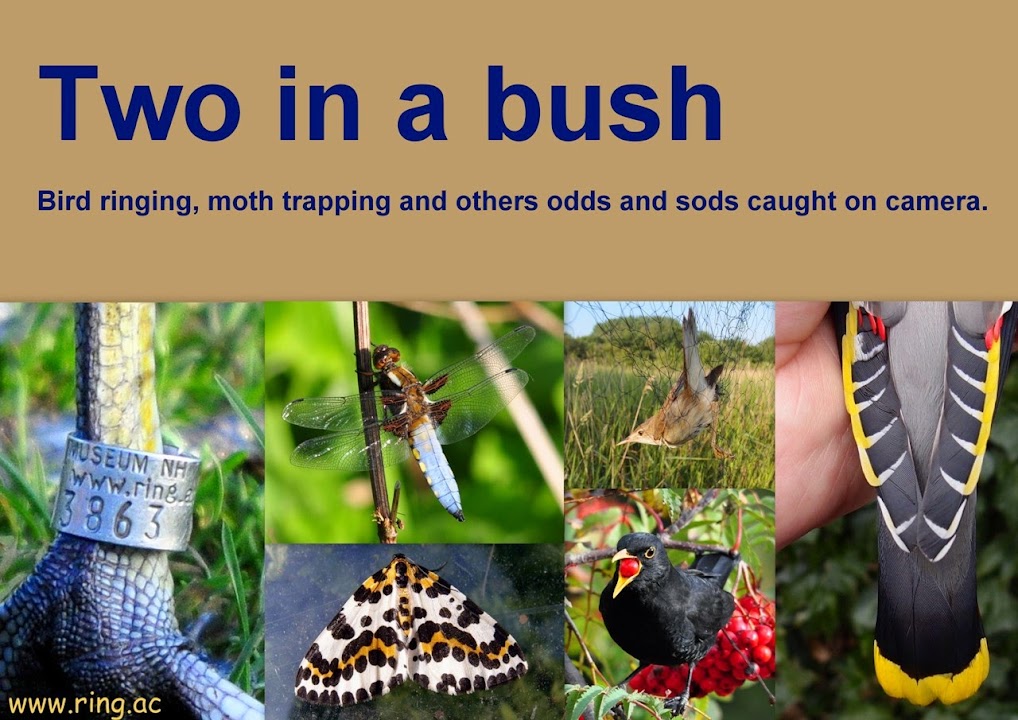The first round of the nets produced 13 Redwings and 2 Goldcrest which I would have been happy with as a total for the morning given the conditions. The next round produced another 7 Redwings and 7 Goldcrests which indicated there had been an increase in Goldcrest numbers too. The catching rate then slowed as the cloud cover thinned and the sun tried to break through but there were a few birds in every net round up to 10:30 when I decided to pack up. The final total of 53 new birds exceeded my expectations by some margin and was made up of 28 Redwings, 1 Song Thrush, 21 Goldcrests, 2 Bullfinch and 1 Lesser Redpoll.
Bird of the day and the main reason for this post was a Redwing that I considered to be of the Icelandic race 'coburni'. When I saw it at the far end of 18m net I knew it was likely to be one, assuming I am correct of course. It was darker than any of the other Redwings, was more heavily marked, had striking undertail coverts and even felt bigger when extracted and was in the hand.
 |
| Icelandic Redwing (coburni) 27/10/15 |
 |
| Icelandic Redwing (coburni) 27/10/15 |
Now ideally this identification needs to be confirmed in some way and the bird left the odd stray body feather, as thrushes often do, which was collected up and saved for possible confirmation via DNA . Luckily I share this interest in the identification and occurrence of Icelandic Redwings with Martin Garner of Birding Frontiers and with Martin's help and contacts there may be the opportunity to see if the races can be separated via their DNA. If there is any progress with this I will post about it in due course but up until then you can either take my word for it or make your own mind up from the photographs.
 |
| The two birds on the right show significant variation in the extent of the flank streaking of 'iliacus' and show why the differences are not always clear cut and easy to describe. |
Please don't get the idea that I think you can always separate the races from their overall appearance or on the basis of specific plumage features as I just don't have enough experience of 'coburni' to say that at this time. It may be possible but at this stage I just don't know for sure and that is why it interests me so much. There may be some overlap in appearance as there is with wing length and the danger with separating very similar races is in focusing on the differences between easily separated individuals whilst understating any similarities that may occur at the other end of the scale.
Hopefully I will catch and photograph a few more Icelandic Redwings before the autumn is out but if you would like to see my previous post on this subject you can find it here.




No comments:
Post a Comment